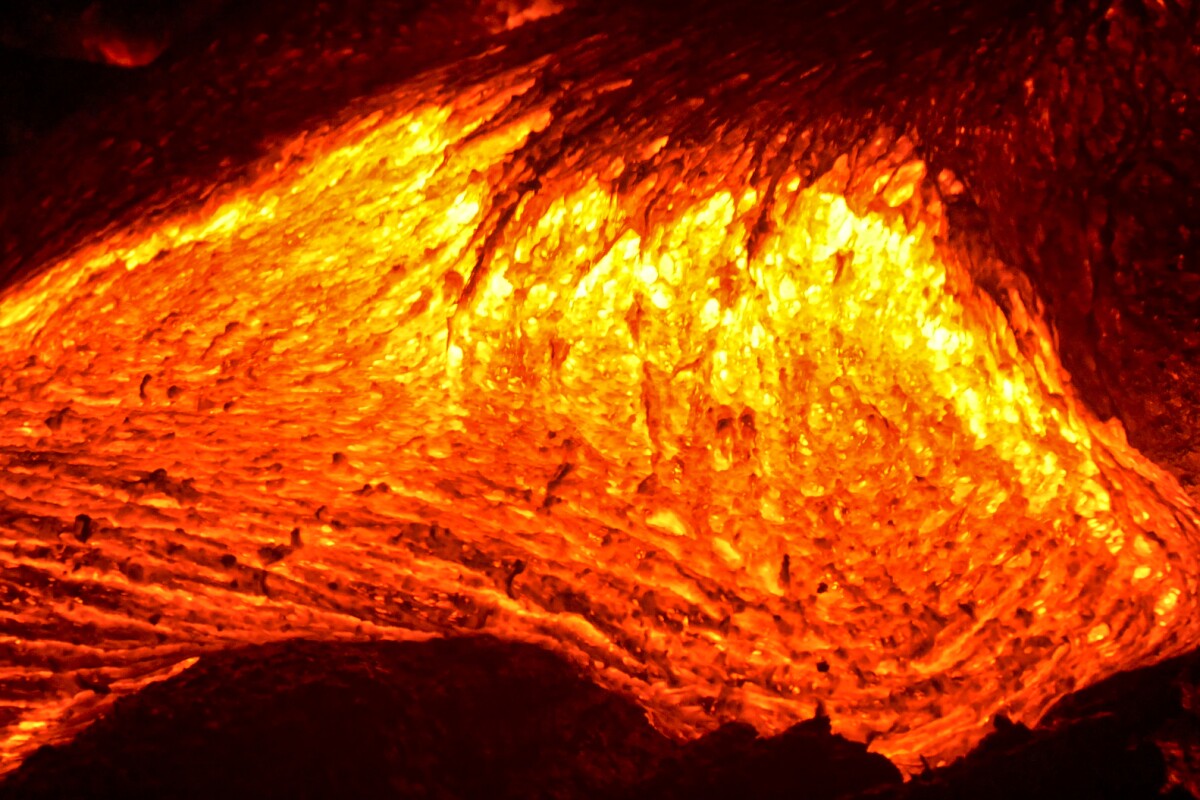
It is certainly a challenge but it is plausible to reach the conversion zone itself with a borehole. Think in terms of an eighteen inch borehole at least lined with basalt castings. this can then have a reduction tool through which an advanced tool drills into the hot stuff while injecting water.
The return fluids will come back up the basalt lined borehole. these should remain super critical so long as head pressure is maintained.
high pressure fluid injection may protect the drilling tool and allow safe recovery
It is still scary but we doing stuff like this to 14000 feet plus for gas recovery.
4
Supercritical geothermal power: Limitless promise or impossible dream?
By David Szondy
The strange way rocks deep in the Earth act under heat and pressure could make supercritical geothermal power impossible
https://newatlas.com/energy/supercritical-geothermal-power/
Supercritical geothermal power holds the promise of meeting humanity's energy needs for millions of years, but how practical is it? A new analysis by Karthik Subramanian of Lux Research suggests that it may lie somewhere between improbable and impossible.
At first glance, geothermal power seems like a brilliant energy source. It's clean, there's enough heat in the Earth to power civilization for any foreseeable future, and all you have to do is drill down to tap it.
Even better is what's called supercritical geothermal. Conventional geothermal systems work by drilling holes into areas marked by volcanoes or hot springs and tapping the heat by either pumping water into the ground and then extracting the steam or by installing a heat exchanger to heat water inside a closed loop of piping.
This works, but such plants are very expensive to install and there are only a very few places in the world where they can be built. They're also limited in output because they only reach a temperature of about 200 °C (400 °F), which works out to an energy output of 5 MW for a single generating plant.
In practical terms that means geothermal power only accounts for about 0.5% of the world's power output and never grows more than 3.5% in any year.
Supercritical geothermal takes the concept to the next level by either finding pockets of magma near the surface at a depth of as little as 2 km (1.2 miles) or seeking the hot inner Earth as deep as 20 km (12.4 miles). Here the temperature and pressure is so great that the water is heated past 373 °C (703 °F) and a pressure of over 220 bars (3,190.83 lb/in², 217 ATM). In this state, the water is superheated, yet is unable to turn into steam. It's also able to hold four to 10 times the energy of regular water or steam.
In other words, a supercritical geothermal plant could have a capacity of 50 MW and three wells could have the power output of 42 conventional geothermal wells. In addition, finding supercritical heat is simply a matter of either finding a magma pocket or digging deep enough in any given location.
That sounds great, but it's a major engineering challenge that pushes drilling techniques and materials to the very edge. Not only must fantastically deep boreholes be dug, they must also be proof against pressures, gasses, and corrosive effects that would quickly destroy any conventional drill rig. However, there's a bigger problem.
In order to get to that lovely supercritical layer or bubble, the drill must pass through what's called the Brittle-Ductile Transition Zone (BDTZ). Put simply, the rock above the supercritical zone goes through a change when subjected to the temperatures and pressures at such a depth. Instead of being brittle, the rock becomes pliable and plastic. Imagine granite that you can roll into snakes like plasticine and you get the idea.
The BDTZ isn't uniform. The upper region is still brittle, the bottom is plastic, and the center is a hybrid of the two. What this means is that it's nasty stuff to drill through, requiring a great deal of effort for very little progress and it's very hard on drill bits and other equipment.
According to Karthik Subramanian, to get through the BDTZ requires a thorough understanding of the drilling area to find spots that are brittle all the way through – if such spots exist. It also means dealing directly with the heat and the corrosive volcanic gasses venting from below, which can include hydrogen sulfide and sulfur dioxide.
In fact, these problems aren't just difficult, they may be insurmountable with current technology, which means that the dream of supercritical geothermal power may remain just that – a dream.
"Supercritical geothermal is far away from commercialization and will depend on advances in drilling methods, digital resource modeling, and materials development to access these resources for power generation," said Subramanian. "Despite its potential, supercritical geothermal will not likely play a prominent role in the energy transition due to its inherent technical impediments. If technical barriers are addressed, supercritical geothermal will be economical only in regions with volcanic or tectonic activity at lower depths unless novel deep geothermal drilling methods prove otherwise."
The problems of deep drilling may mean that supercritical geothermal may be confined to volcanic regions like Iceland or the Pacific Rim of Fire, but getting through the BDTZ may be conquered by the technology being developed by the MIT and Cambridge University-backed Quaise startup. This company plans to use a particle beam generated by a "Gyrotron" that could fracture, melt, and vaporize the offending layer of plastic rock.
How well it could manage it, only time and trying will tell.
No comments:
Post a Comment